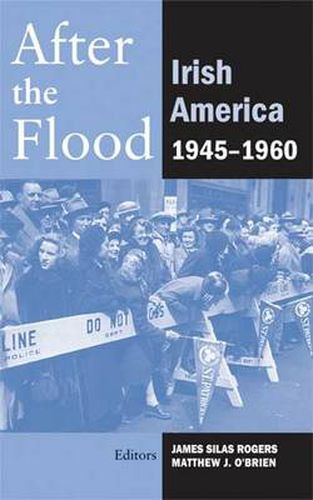Readings Newsletter
Become a Readings Member to make your shopping experience even easier.
Sign in or sign up for free!
You’re not far away from qualifying for FREE standard shipping within Australia
You’ve qualified for FREE standard shipping within Australia
The cart is loading…






The essays in this volume examine diverse aspects of the Irish-American community during the postwar years and cover both the immigrant community within the US - which witnessed a surge in immigration from Ireland - and the subsequent expressions of an Irish identity among later generation ethnics. Essays of this title consider both social and political history, such as ethnic anti-communism and American responses to Partition, and significant representations of Irish life in popular culture, such as The Last Hurrah (1956) or The Quiet Man (1952). The study shows that the Irish-American community was lively and, in many ways, dissimilar from ‘mainstream’ American life in this period. The supposedly deracinated descendants of earlier immigrants were nonetheless well aware that the larger culture perceived something distinctive about being Irish, and throughout this period they actively sought to define - often in deflected ways - just what that distinctiveness could mean.
$9.00 standard shipping within Australia
FREE standard shipping within Australia for orders over $100.00
Express & International shipping calculated at checkout
The essays in this volume examine diverse aspects of the Irish-American community during the postwar years and cover both the immigrant community within the US - which witnessed a surge in immigration from Ireland - and the subsequent expressions of an Irish identity among later generation ethnics. Essays of this title consider both social and political history, such as ethnic anti-communism and American responses to Partition, and significant representations of Irish life in popular culture, such as The Last Hurrah (1956) or The Quiet Man (1952). The study shows that the Irish-American community was lively and, in many ways, dissimilar from ‘mainstream’ American life in this period. The supposedly deracinated descendants of earlier immigrants were nonetheless well aware that the larger culture perceived something distinctive about being Irish, and throughout this period they actively sought to define - often in deflected ways - just what that distinctiveness could mean.